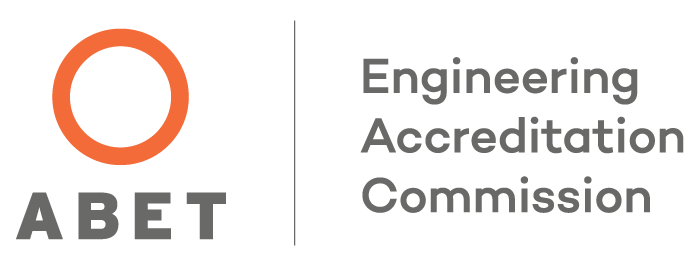Team Stratos brings home 2nd place honors
After a year-long effort in designing fleets of Urban Air Mobility vehicles, one Virginia Tech team found success at NASA’s Aeronautics University Design Challenge. In the category of Weather Tolerant Operations for Urban Air Mobility, Virginia Tech’s team Stratos came home with second place honors.
Through the Aeronautics Design Challenge, NASA’s nationwide team of aeronautical innovators are committed to giving university students opportunities to solve some of the biggest technical challenges facing the aviation community today. Student teams, representing multiple disciplines, put their skills to work by designing and building solutions to real-world problems.
The annual competition engages undergraduate engineering students in NASA missions, and inspires and drives innovation through experiential learning.
The challenge: Cities with large populations experience a lack of efficient metropolitan travel due to traffic congestion, a lack of readily available parking, and public transportation deficiencies. These drawbacks have provided an opportunity for Urban Air Mobility vehicles to move people throughout an urban market far faster than currently possible while simultaneously alleviating some traffic.
The next decade will bring about incredible advancements in electric vertical takeoff and landing aircraft (also known as eVTOL), designed to efficiently transport passengers by air in metropolitan areas at a lower cost than existing urban transportation while also reducing both emissions and traffic congestion. Several problems still face these eVTOL vehicles’ entry into the market though - one of which is providing reliable operation during adverse weather conditions.
Currently, these vehicles are designed to fly during clear and benign weather, leaving significant room for design improvements to enable weather tolerant operations.
Enter eleven university teams from across the country, who competed in NASA’s challenge, including an intense design review by a panel of NASA and industry experts. Teams are evaluated on their technical paper, and how well they focused their paper on evaluation criteria and design considerations.
After a rigorous and competitive review process, NASA named the winners, recognizing the top teams that rose above the rest.
Virginia Tech’s team Stratos was awarded second place overall, tied with a team from UC Davis for their report on an all-electric, vertical take-off and landing, completely autonomous aircraft. Their vehicle, named the Stratos, would be capable of carrying up to four passengers a range of 60 miles for weather tolerant operations in the NYC area. The Stratos aircraft features systems designed at improving weather tolerance that include a designated Radar system, a stability augmentation system, a lightning dispersal system, aggressive wing, propeller, and body heating for deicing and anti-icing, a hydrophobic coating, turbulence mapping, and a battery cooling system.
Out of the year, Stratos aircrafts will only be negatively affected by weather ten days for wind, five days for icing, two days for temperature, and not at all for precipitation, fog, and lightning, so Stratos aircraft will fly when other aircraft are grounded.
The StratosFleet business analysis indicates that once aircraft are operational by 2030, the addition of the weather tolerant systems will lead to an annual savings of 26% or 1.2 million dollars over other non-weather tolerant urban air mobility vehicles.
The Virginia Tech team included recent graduates Ryan Brewer, Sarah Cartee, Elise Dirkse, Anahita Jain, Jacob Lurie, Zack Marrano, Kapil Sapkota, Taylor Jackson and Yiren Tong. Their faculty advisor was professor Pradeep Raj.



